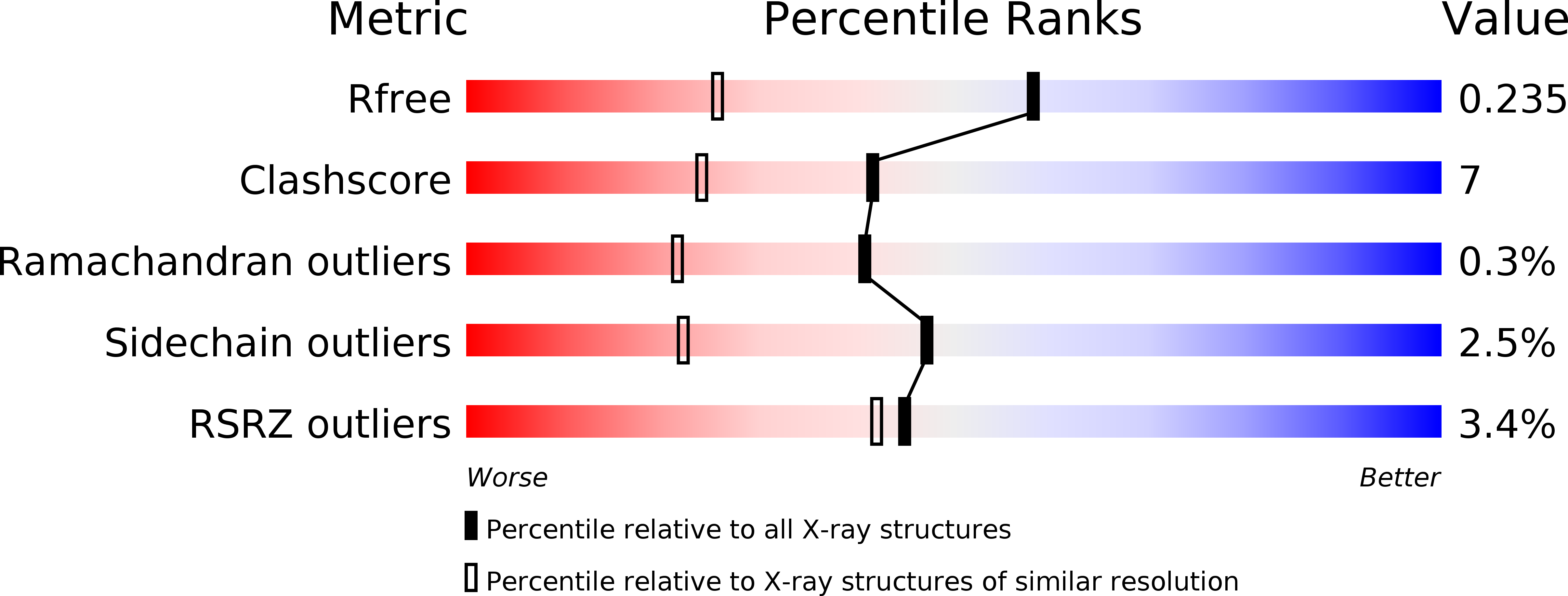
Deposition Date
2007-06-07
Release Date
2007-11-06
Last Version Date
2024-11-20
Entry Detail
PDB ID:
2V2W
Keywords:
Title:
T CELL CROSS-REACTIVITY AND CONFORMATIONAL CHANGES DURING TCR ENGAGEMENT
Biological Source:
Source Organism:
HOMO SAPIENS (Taxon ID: 9606)
HUMAN IMMUNODEFICIENCY VIRUS (Taxon ID: 12721)
HUMAN IMMUNODEFICIENCY VIRUS (Taxon ID: 12721)
Host Organism:
Method Details:
Experimental Method:
Resolution:
1.60 Å
R-Value Free:
0.23
R-Value Work:
0.19
R-Value Observed:
0.20
Space Group:
P 1


